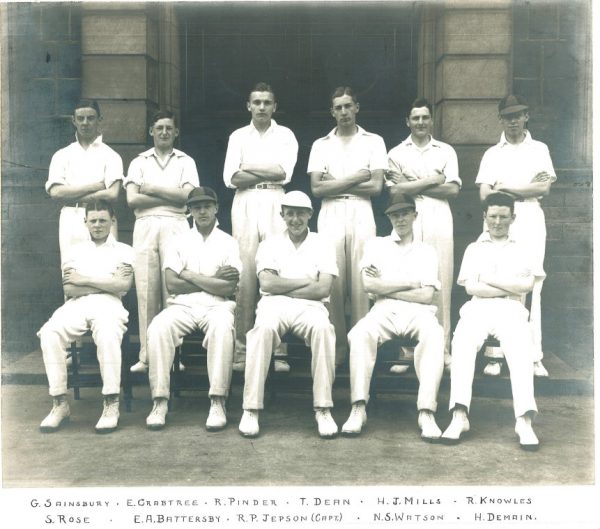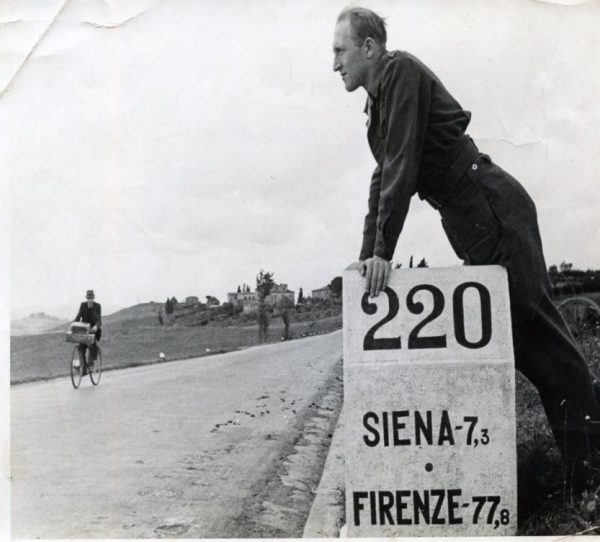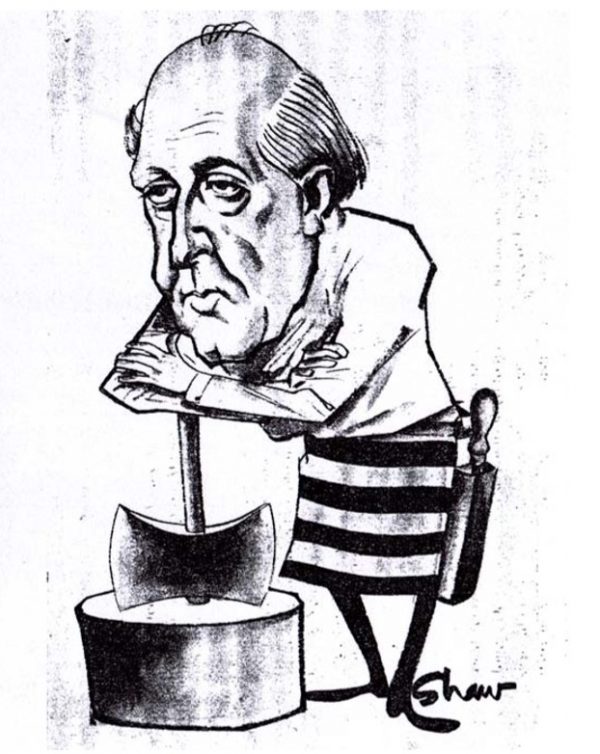Pioneer in Surgery and Medical Education
Professor Richard Pomfret Jepson came from a small town in Lancashire. Through his strong personality and skill, he forged a robust career in surgery.
Richard won scholarships to further both his schooling and University studies. He excelled both in academic studies and in sports such as cricket, athletics and golf. At the age of 16, in 1935, he gained a Southworth Open Scholarship, enabling him to study at the University of Manchester.

Richard graduated in 1938 from Manchester University with a Bachelor of Science (Anatomy and Physiology) and subsequently gained his Bachelor of Medicine and Bachelor of Surgery in 1941 at the age of 23. He then took on a role as House Surgeon for the neurologist and pioneering neurosurgeon Sir Geoffrey Jefferson. WWII dramatically changed Richard’s life. In 1942 Richard joined the 129 Field Ambulance in the Royal Army Medical Corps. After training, he was sent to the frontline, manning one of Hugh Cairns mobile neuro-surgical units (M.N.S.U.) in North Africa and Italy. During this time, he was involved in field trials for Howard Florey on penicillin and saw the resulting dramatic improvements. After the disbanding of the No. 5 M.N.S.U in July 1945. Richard acted as a general surgeon at the No. 22 British General Hospital (Mestre, Italy), where for 10 months, he alternately had the surgical care of one hundred general surgical and one hundred Orthopaedic beds. In June 1946 he commenced acting in the capacity of a Graded Neurosurgeon at the Military Hospital for Head Injuries, Wheatley, whilst doing general surgeon duties every 3rd day. He was promoted to the rank of Major and in July 1946 he achieved the status as Specialist Surgeon and Specialist Neurosurgeon.


After the war he returned to Manchester to Michael Boyd’s surgical department and to work at the Manchester Royal Infirmary. In 1951 he married Dr Mary Oliver and they travelled to America on the Harkness Fellowship where he worked for a year with the vascular surgeon Professor Florindo Simeone in Cleveland Ohio. The post war period was an exciting era in surgery. Antibiotics and new anaesthetic agents reduced operative mortality. Vascular surgery, heart lung machines, renal dialysis and transplantation were established throughout the country. In the following year he resumed his work again at Manchester University and developed his research on Raynaud’s syndrome.
In 1954 Richard was appointed foundation Professor of Surgery at Sheffield University. However, in 1958 he was enticed by the climate, people and food of South Australia to became foundation Professor of Surgery at Adelaide University. It was a pioneering time for medicine in Australia and Adelaide was at the forefront of these developments. The newly built Queen Elizabeth Hospital (TQEH) was his first base as it was modern and excellent for research as the facilities of TQEH were ideal for teaching vascular surgery and performing renal transplantation research on dogs. He supported and inspired the research that resulted in the first Australian renal transplant from a living donor by Mr Peter Knight and Mr Bill Proudman in 1963. He worked to improve the academic rigour of medical studies and improve surgical techniques. Richard helped to establish The Surgical Research Society of Australasia and Vascular Surgery in Australia and New Zealand.

Richard, as a man, was highly regarded and very much liked. His wit and humour were well known amongst his colleagues, students and friends. Richard laid the foundations for the teaching of medicine in South Australia; later adopted Australia wide. Much of his medical research and techniques are still in use today.

For a decade he led an innovative team until he handed over to the next generation and moved into a consulting role. He went into private practice with Dr Jim Harris and worked extensively at the Calvary (North Adelaide), the Memorial and St Andrews Hospitals.

He was a caring and supportive husband and father to his five girls but had an untimely death at the age of 62.
Written by Dr Jacqueline Jepson, Daughter of Professor Richard Pomfret Jepson and author of his biography Life Being a Salami Sandwich: A Biography